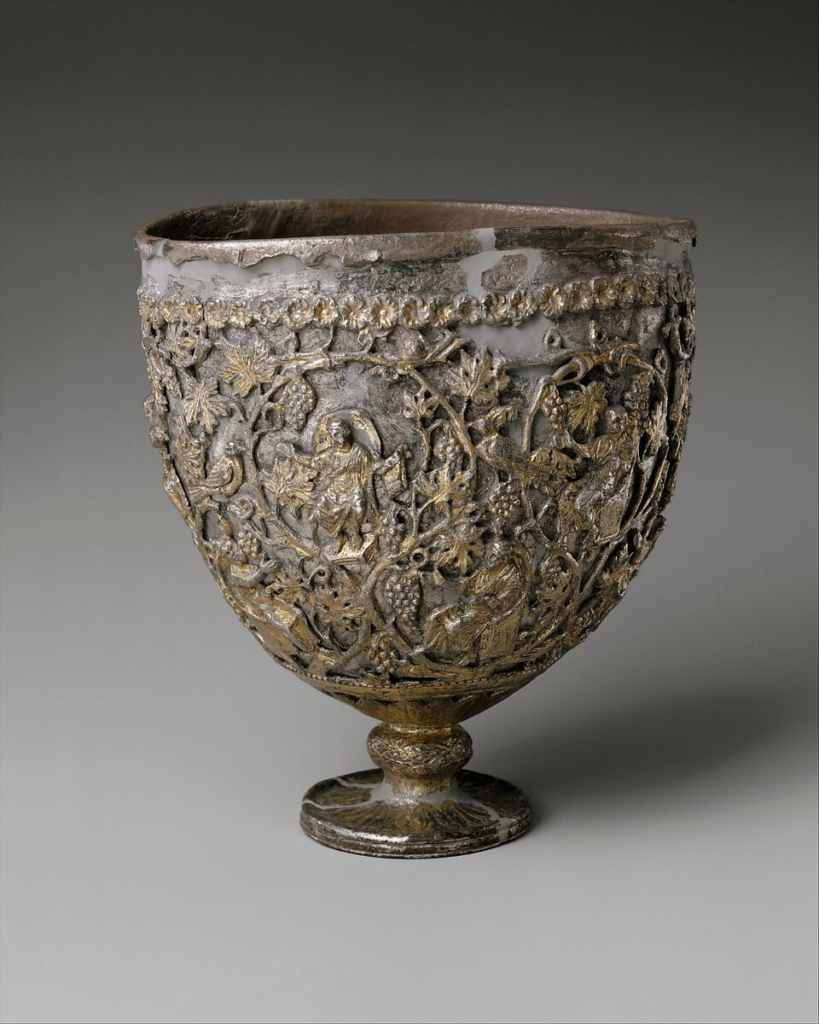
Museums around the world house some of the most valuable artifacts in existence. These artifacts offer a glimpse into the past, providing insights into the diverse cultures and civilizations that have shaped our world.
Here are the 10 most valuable museum artifacts from around the world, in no particular order:
1. Mona Lisa by Leonardo da Vinci

The Mona Lisa is arguably the most famous and valuable work of art in the world. It is a half-length portrait of a woman with a mysterious smile, painted by Leonardo da Vinci between 1503 and 1519. The painting is on display at the Louvre Museum in Paris, France.
The Mona Lisa is priceless, but it has been valued at over $860 million in today’s money. It is considered to be a masterpiece of Renaissance art, and is one of the most iconic paintings in the world.
2. Rosetta Stone

The Rosetta Stone is a slab of black basalt with inscriptions in three ancient languages: Egyptian hieroglyphs, Demotic script, and Ancient Greek. It was discovered in 1799 by French soldiers during Napoleon’s Egyptian campaign.
The Rosetta Stone was instrumental in the decipherment of Egyptian hieroglyphs, and it is considered to be one of the most important archaeological discoveries ever made. It is on display at the British Museum in London, England.
3. Dead Sea Scrolls

The Dead Sea Scrolls are a collection of over 900 ancient Jewish manuscripts that were discovered in caves near the Dead Sea in the 1940s and 1950s. The scrolls date back to between the 3rd century BCE and the 1st century CE, and they contain a wide variety of religious and historical texts, including the oldest known copies of the Hebrew Bible.
The Dead Sea Scrolls are on display at the Shrine of the Book at the Israel Museum in Jerusalem. They are considered to be one of the most important archaeological discoveries of the 20th century, and they have shed new light on the history of Judaism and early Christianity.
4. Venus de Milo

The Venus de Milo is a Greek marble sculpture of the goddess Aphrodite. It was created in the 2nd century BCE, and is considered to be one of the most iconic works of Greek art. The statue is missing its arms, but it is still considered to be a masterpiece of sculpture.
The Venus de Milo is on display at the Louvre Museum in Paris, France. It is one of the most popular exhibits in the museum, and it is a must-see for any visitor to Paris.
5. Hope Diamond

The Hope Diamond is a 45.52-carat blue diamond that is believed to have originated in India. It is one of the largest and most valuable diamonds in the world. The diamond has a long and storied history, and it has been owned by many famous people, including Marie Antoinette and King George IV of England.
The Hope Diamond is on display at the Smithsonian National Museum of Natural History in Washington, D.C. It is one of the most popular exhibits in the museum, and it is a must-see for any visitor to Washington, D.C.
6. Lycurgus Cup

The Lycurgus Cup is a 4th-century Roman glass cup that is famous for its ability to change color. When viewed under transmitted light, the cup appears green. When viewed under reflected light, the cup appears red.
The Lycurgus Cup is on display at the British Museum in London, England. It is considered to be one of the most impressive and technologically advanced examples of Roman glassmaking.
7. Antioch Chalice
The Antioch Chalice is a 6th-century silver chalice that is decorated with a series of biblical scenes. It is considered to be one of the most important and well-preserved examples of early Christian silverware.
The Antioch Chalice is on display at the Metropolitan Museum of Art in New York City, USA. It is considered to be a masterpiece of early Christian art.
8. Staffordshire Hoard

The Staffordshire Hoard is a collection of over 3,500 Anglo-Saxon gold and silver artifacts that was discovered in a field in Staffordshire, England, in 2009. The hoard is dated to the 7th century CE, and it is considered to be the largest collection of Anglo-Saxon gold and silver ever found.
The Staffordshire Hoard is on display at the Potteries Museum and Art Gallery in Stoke





